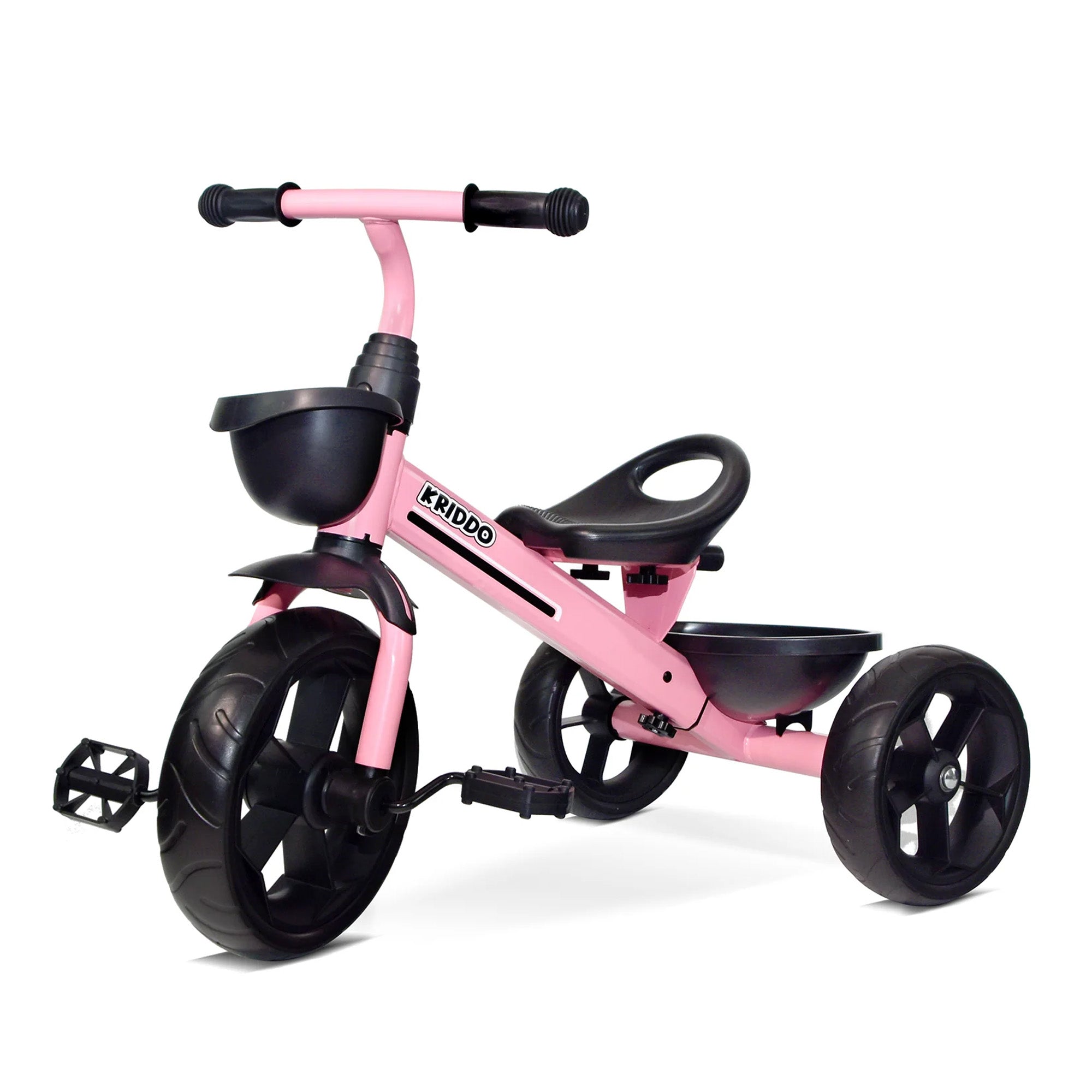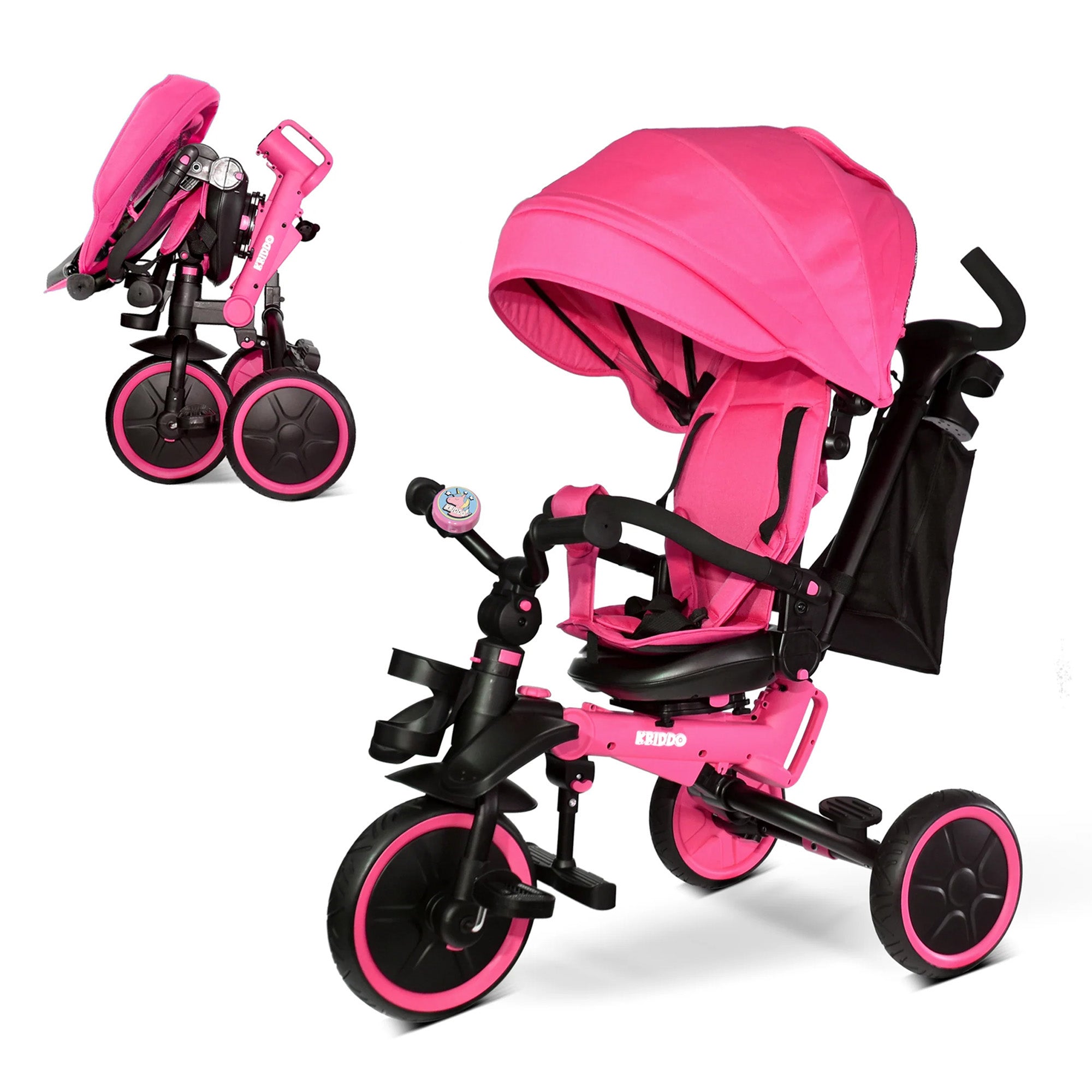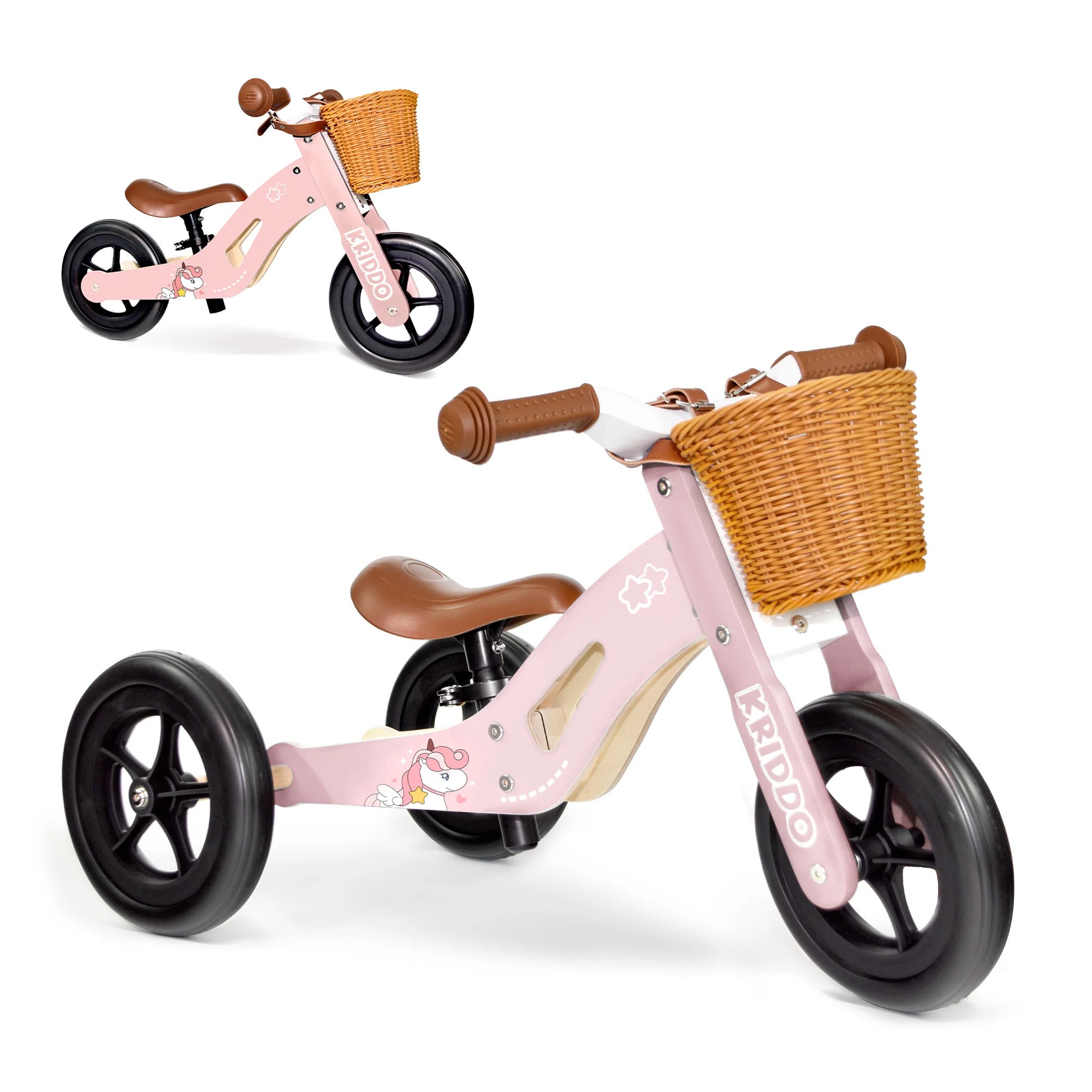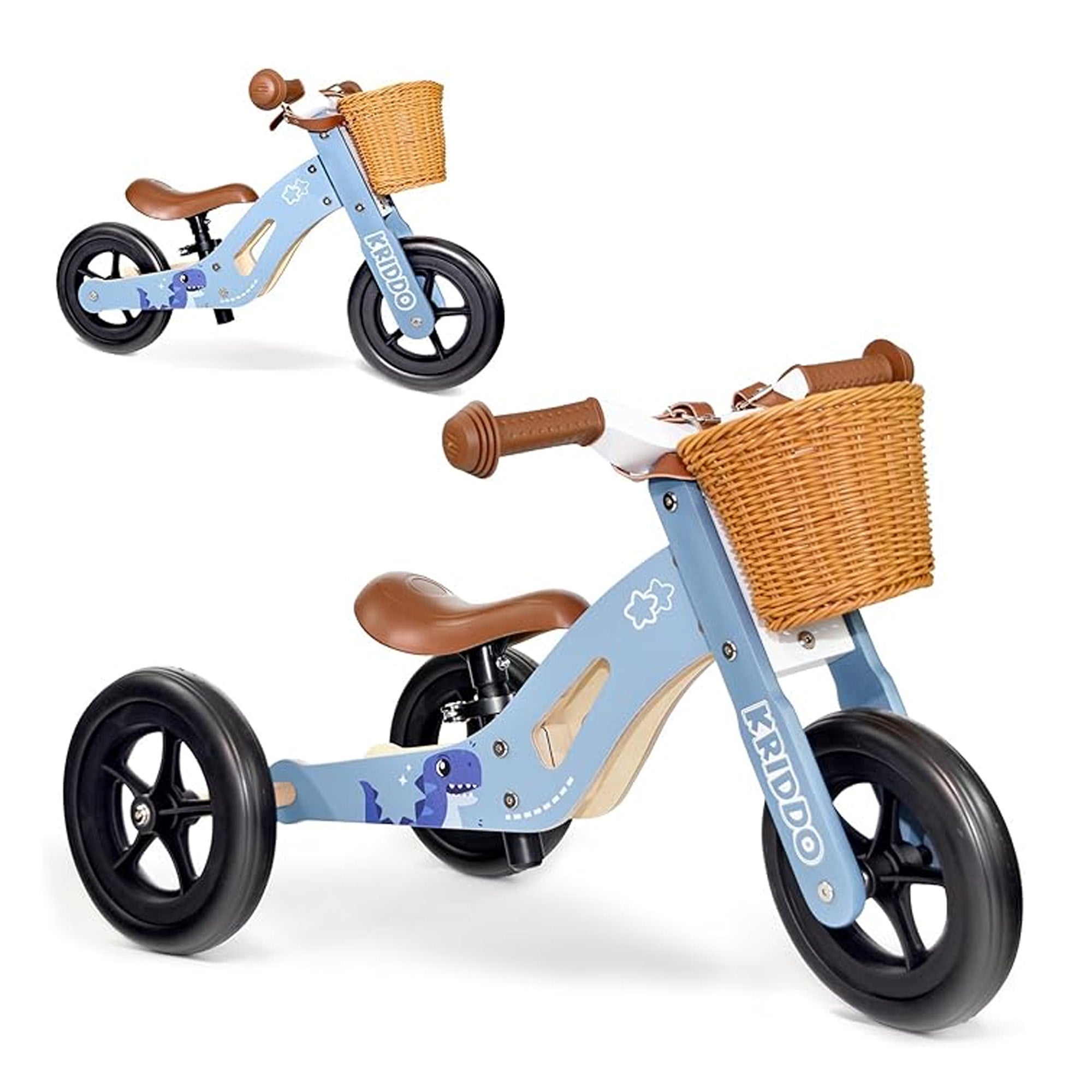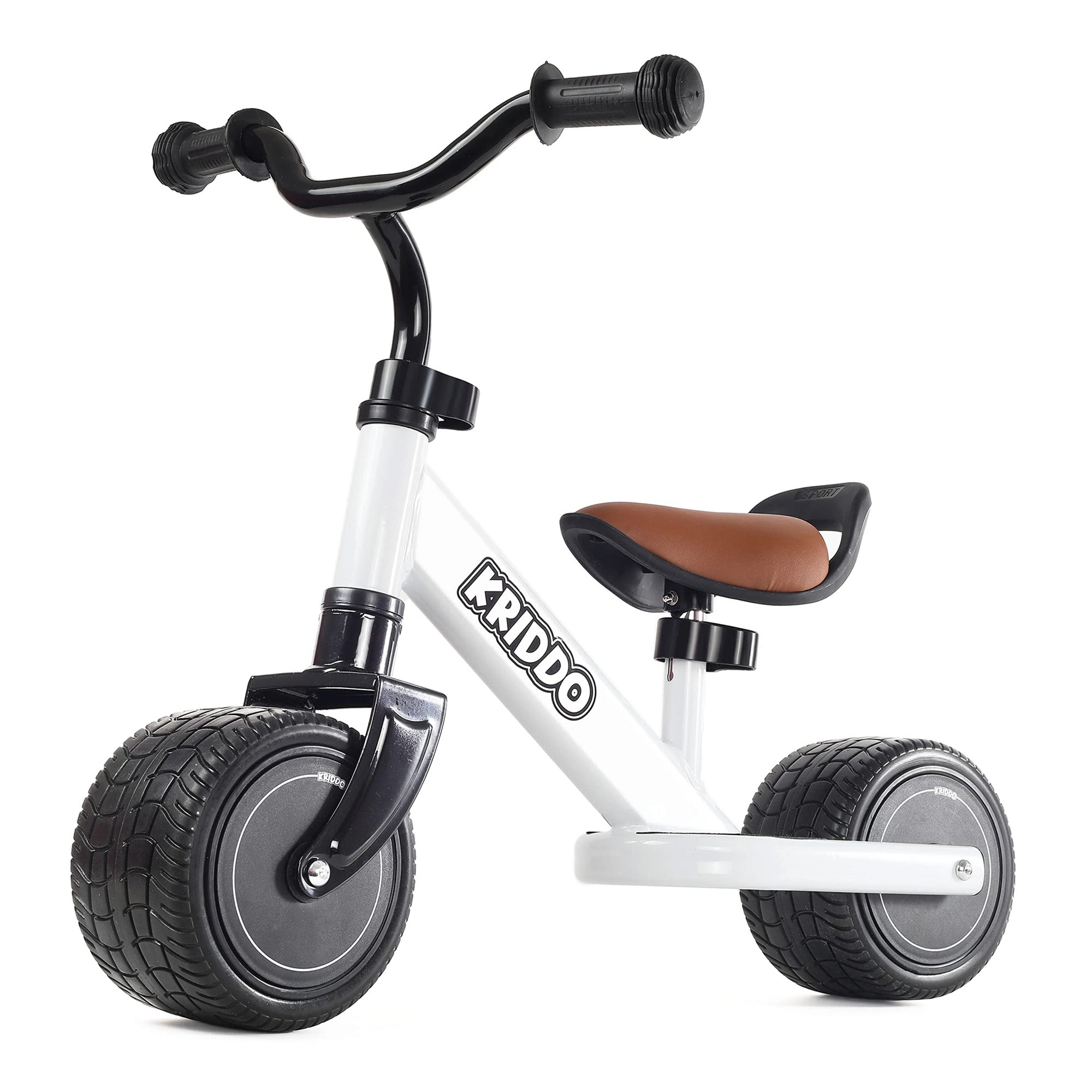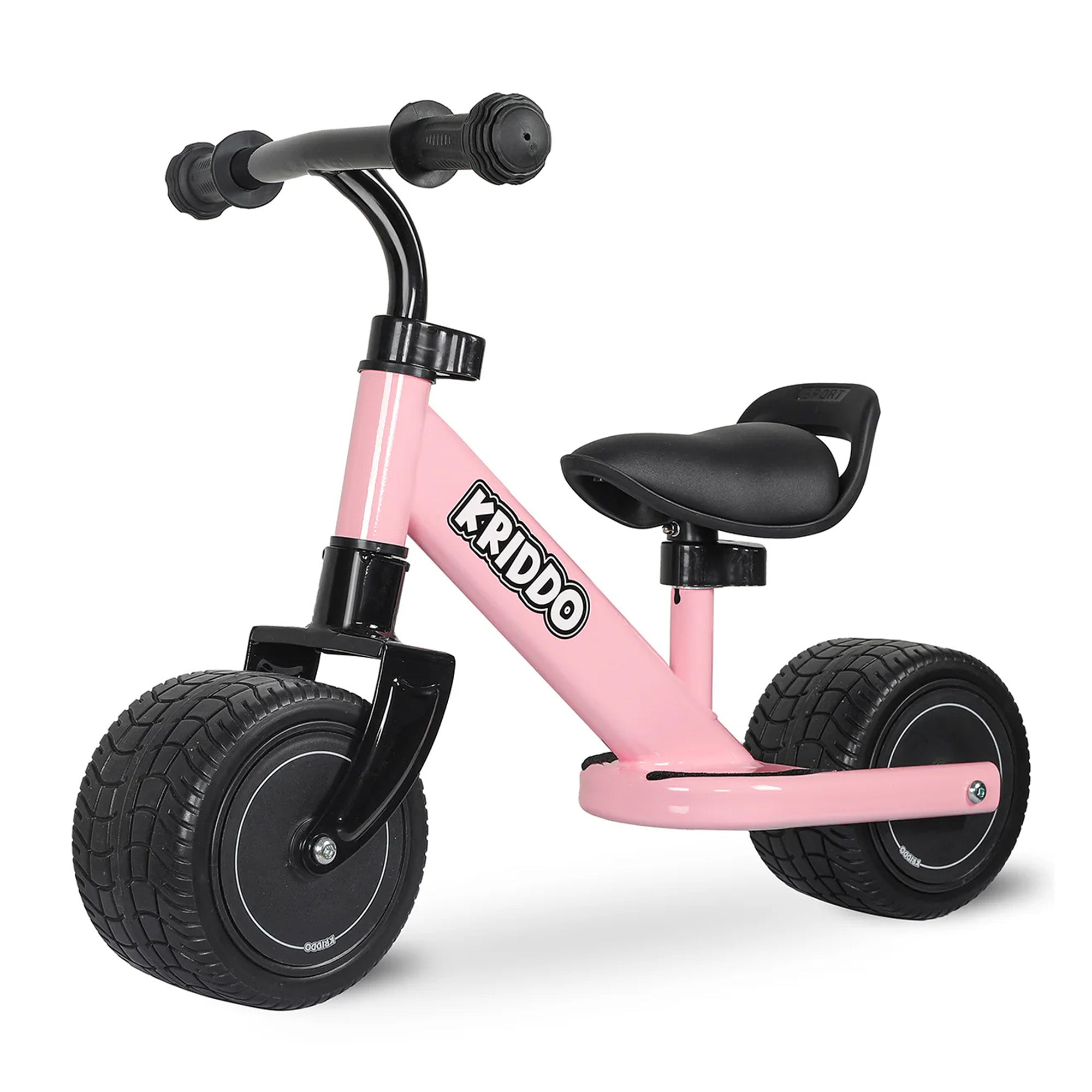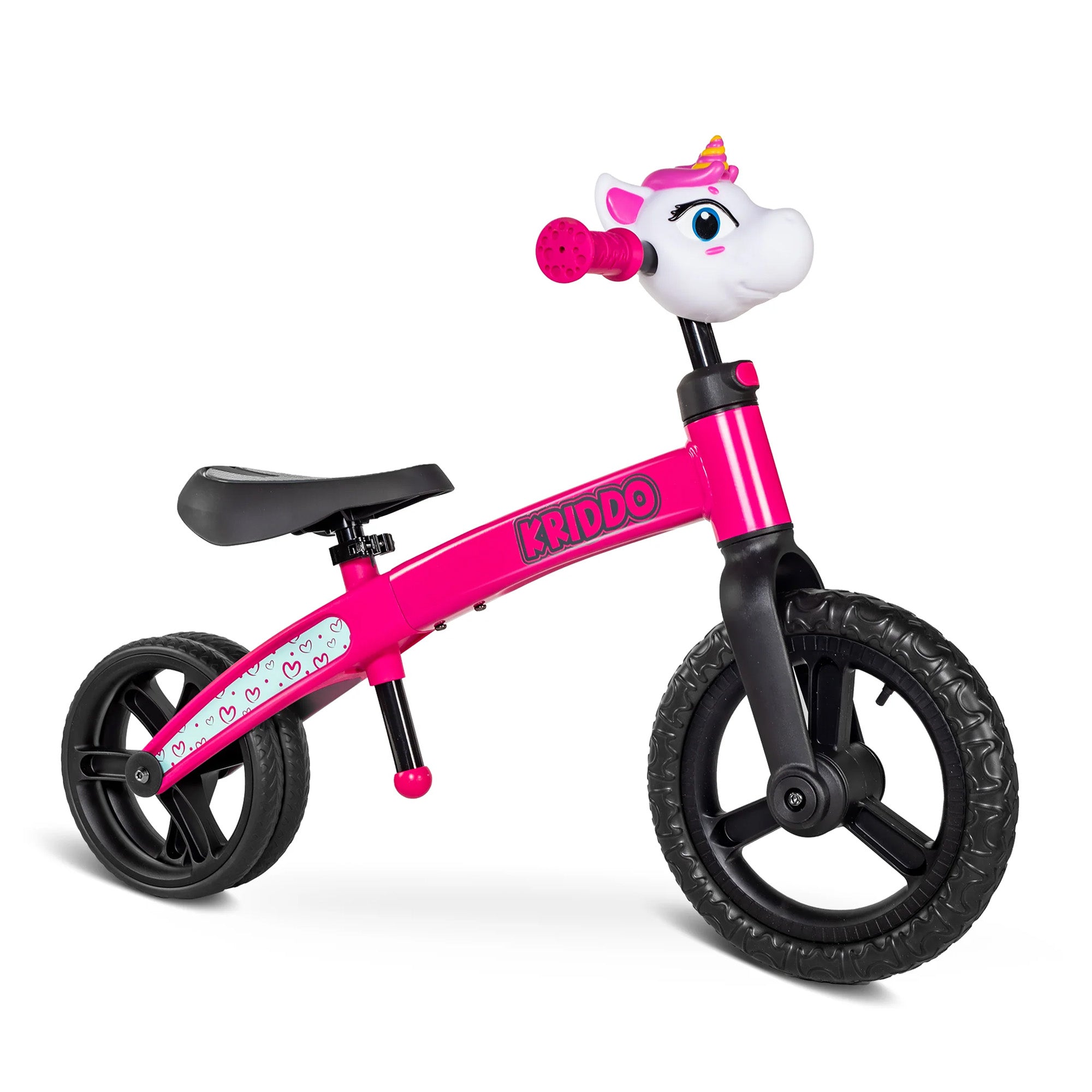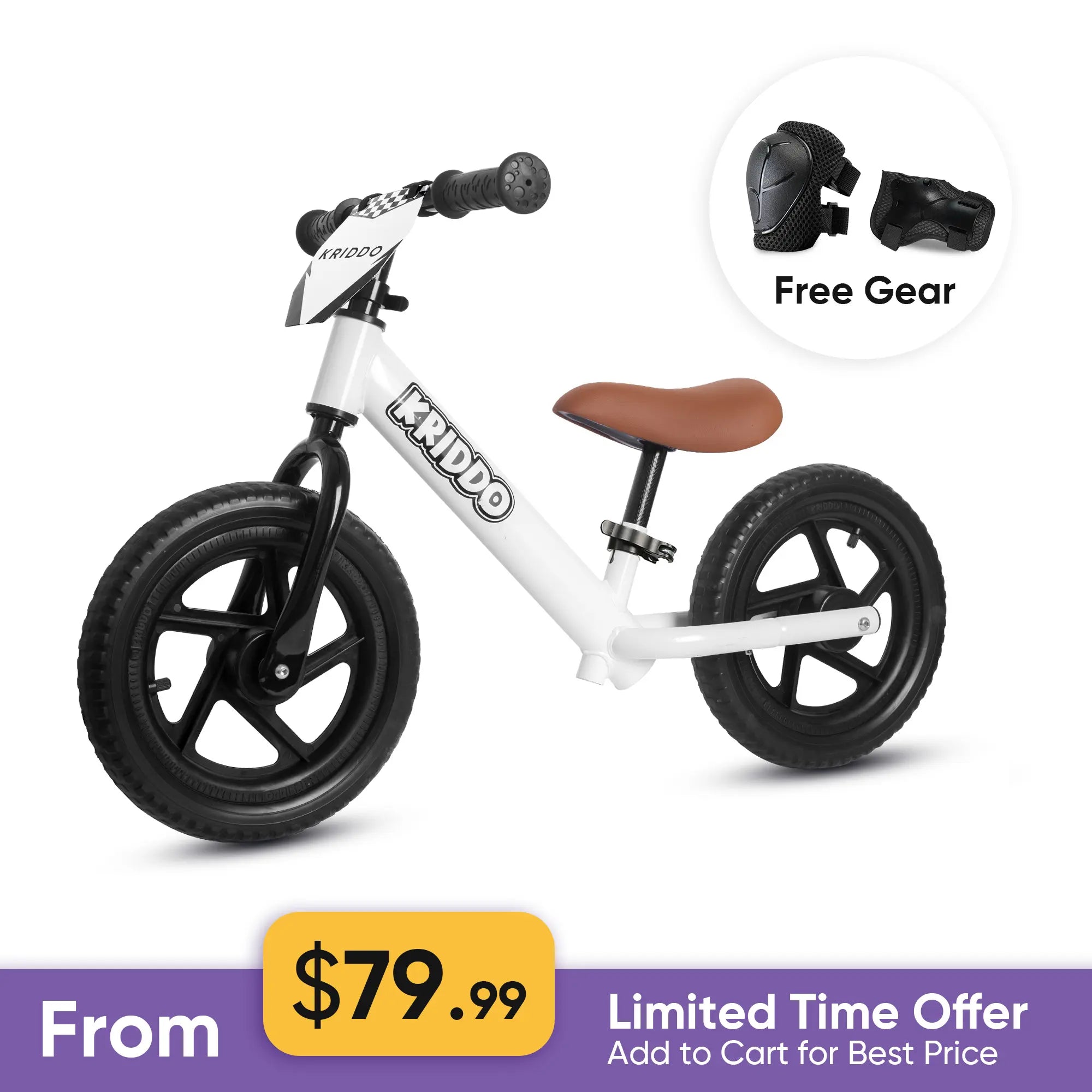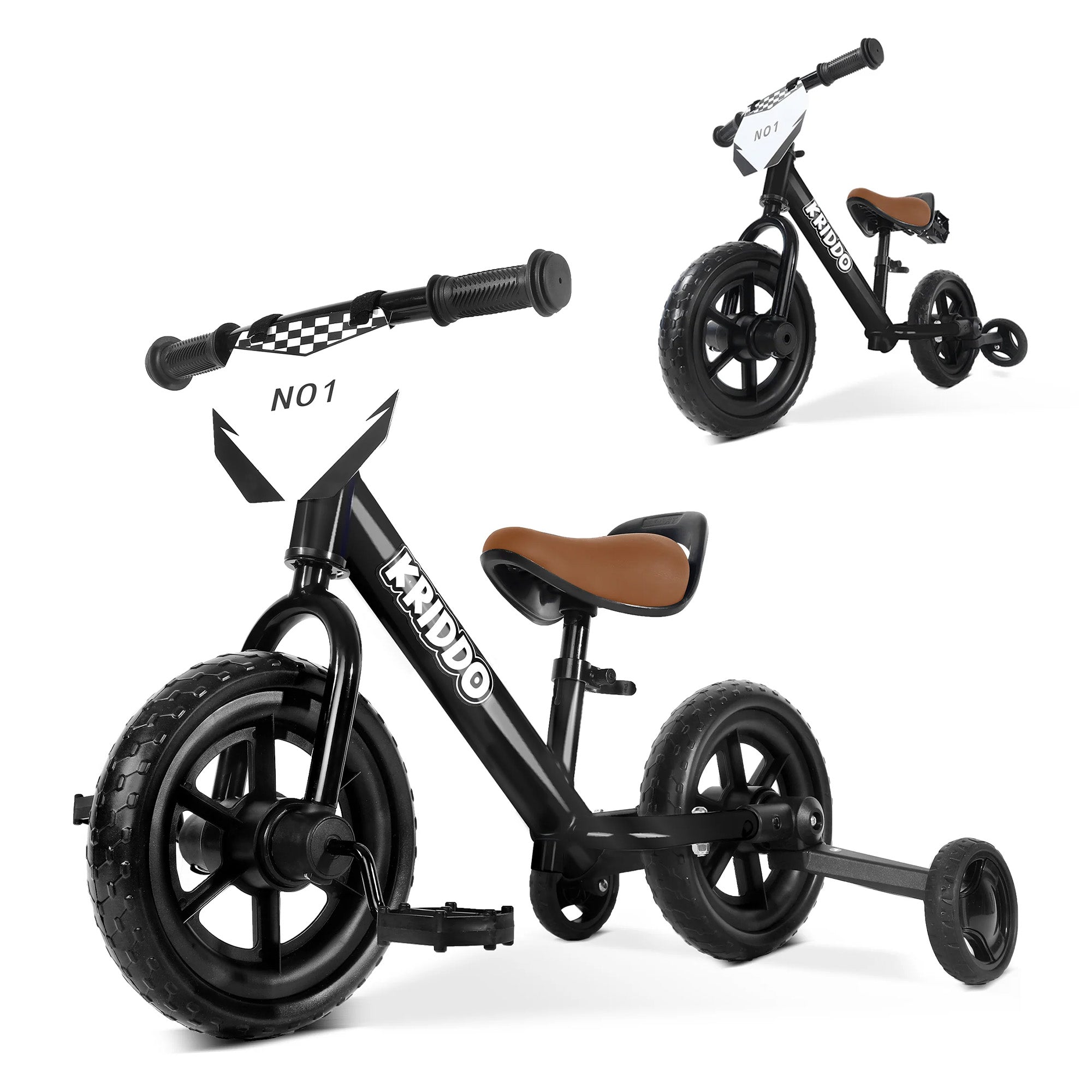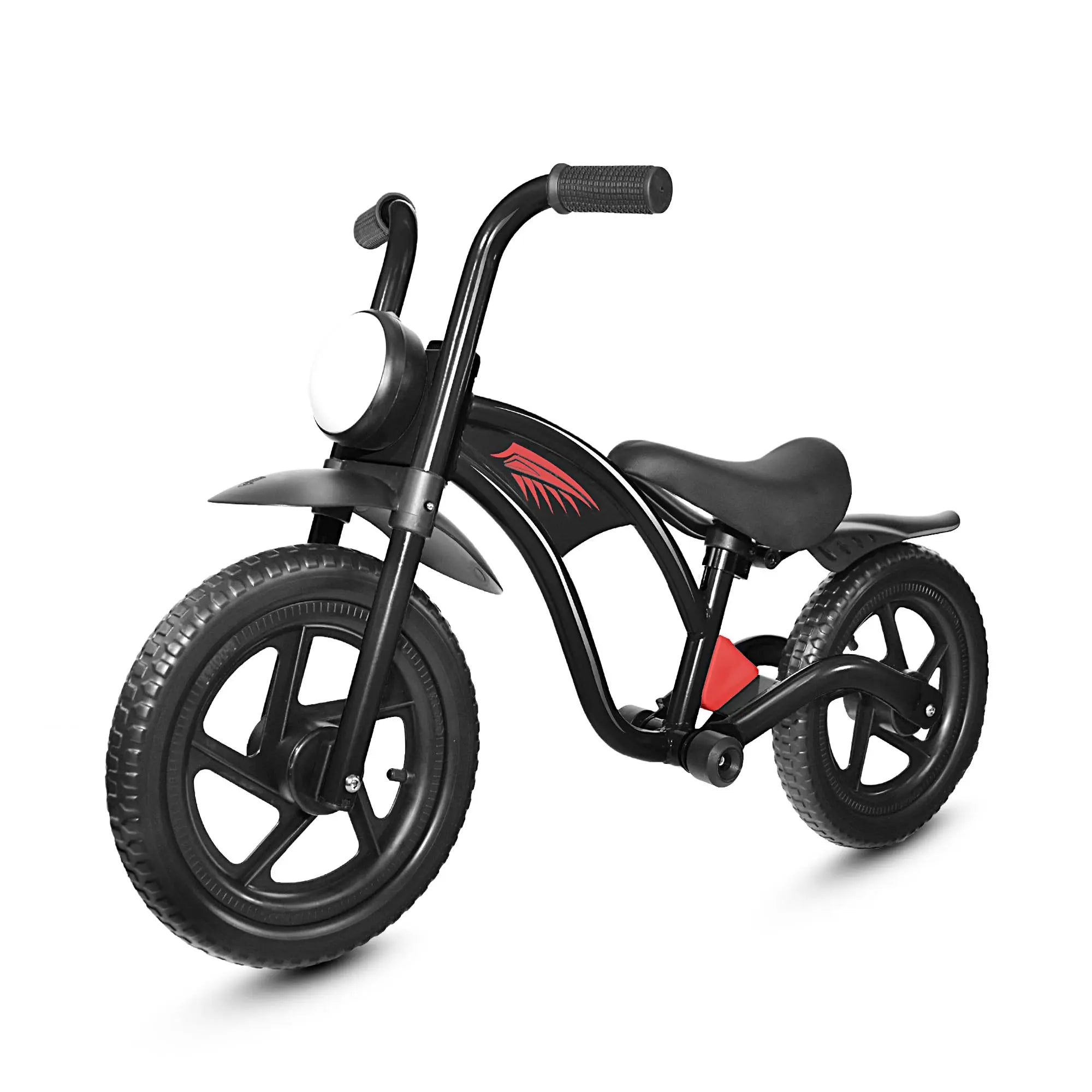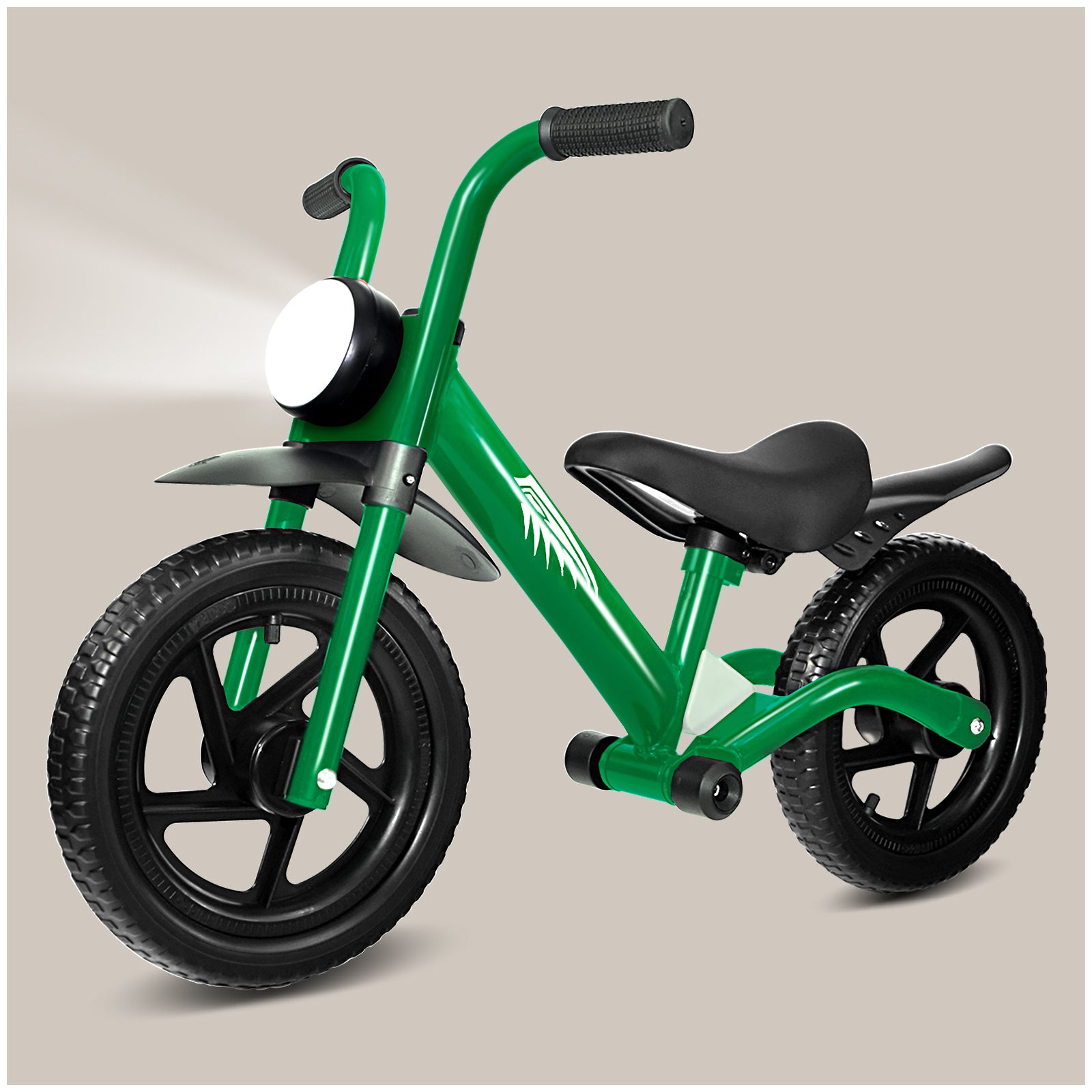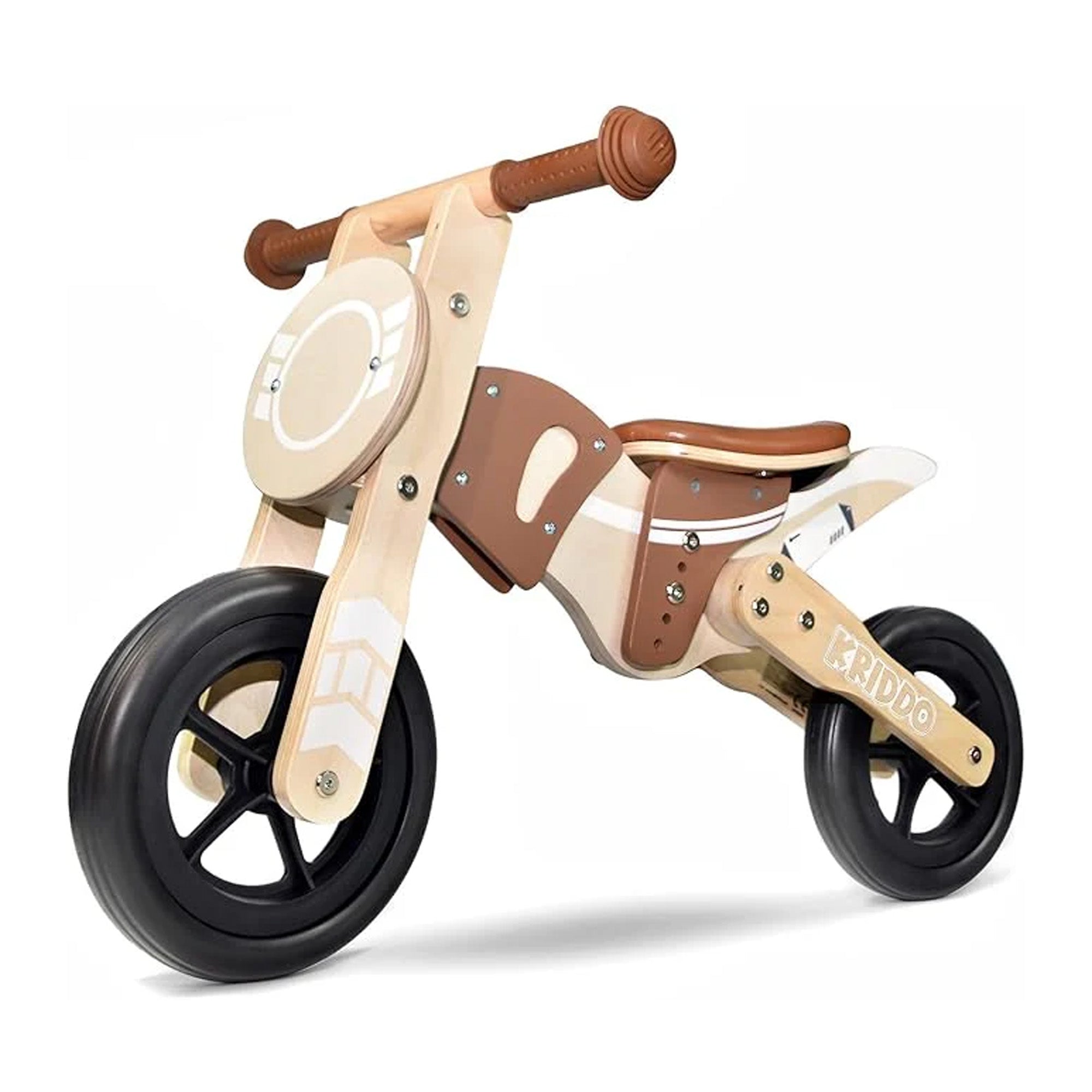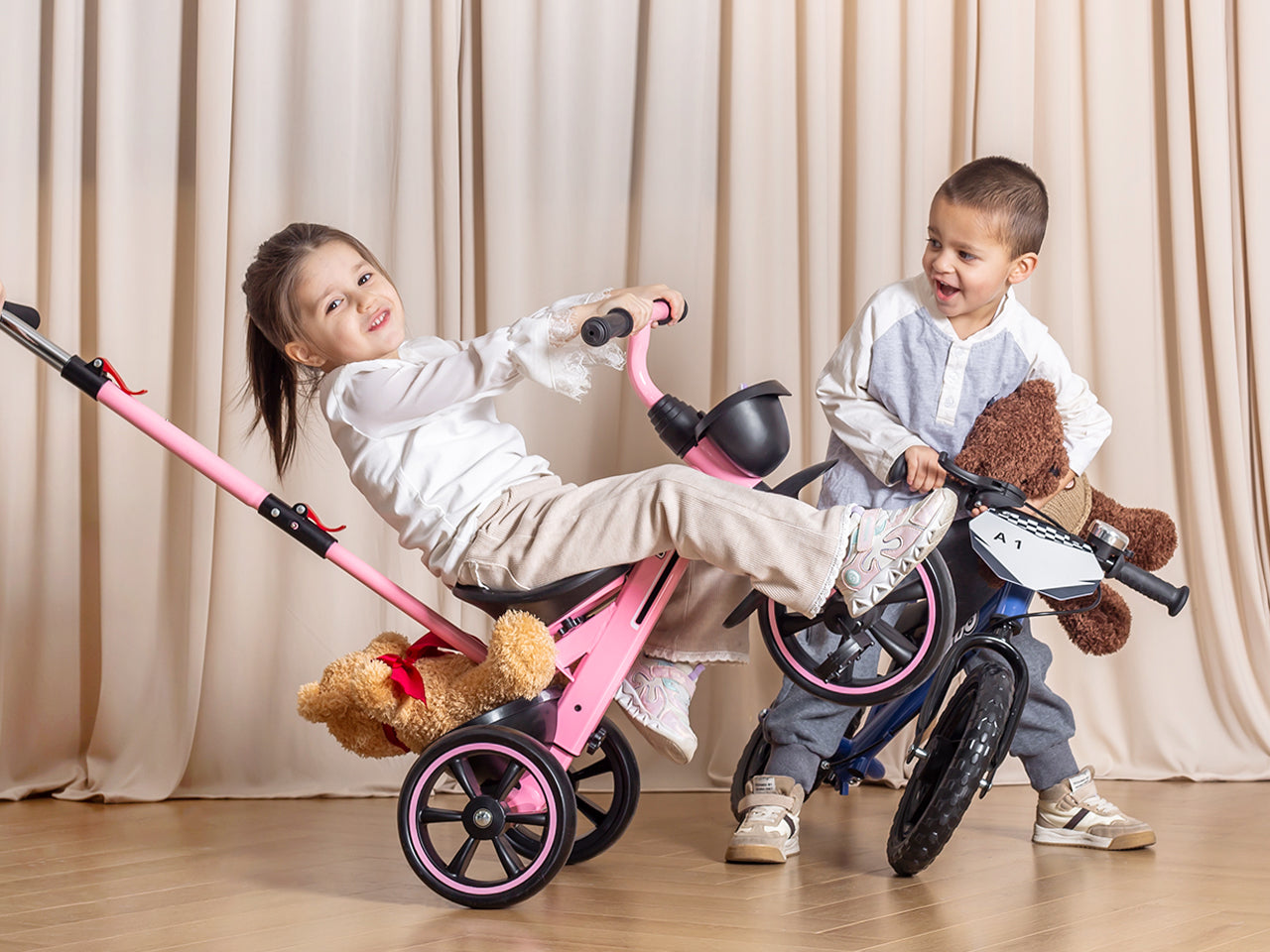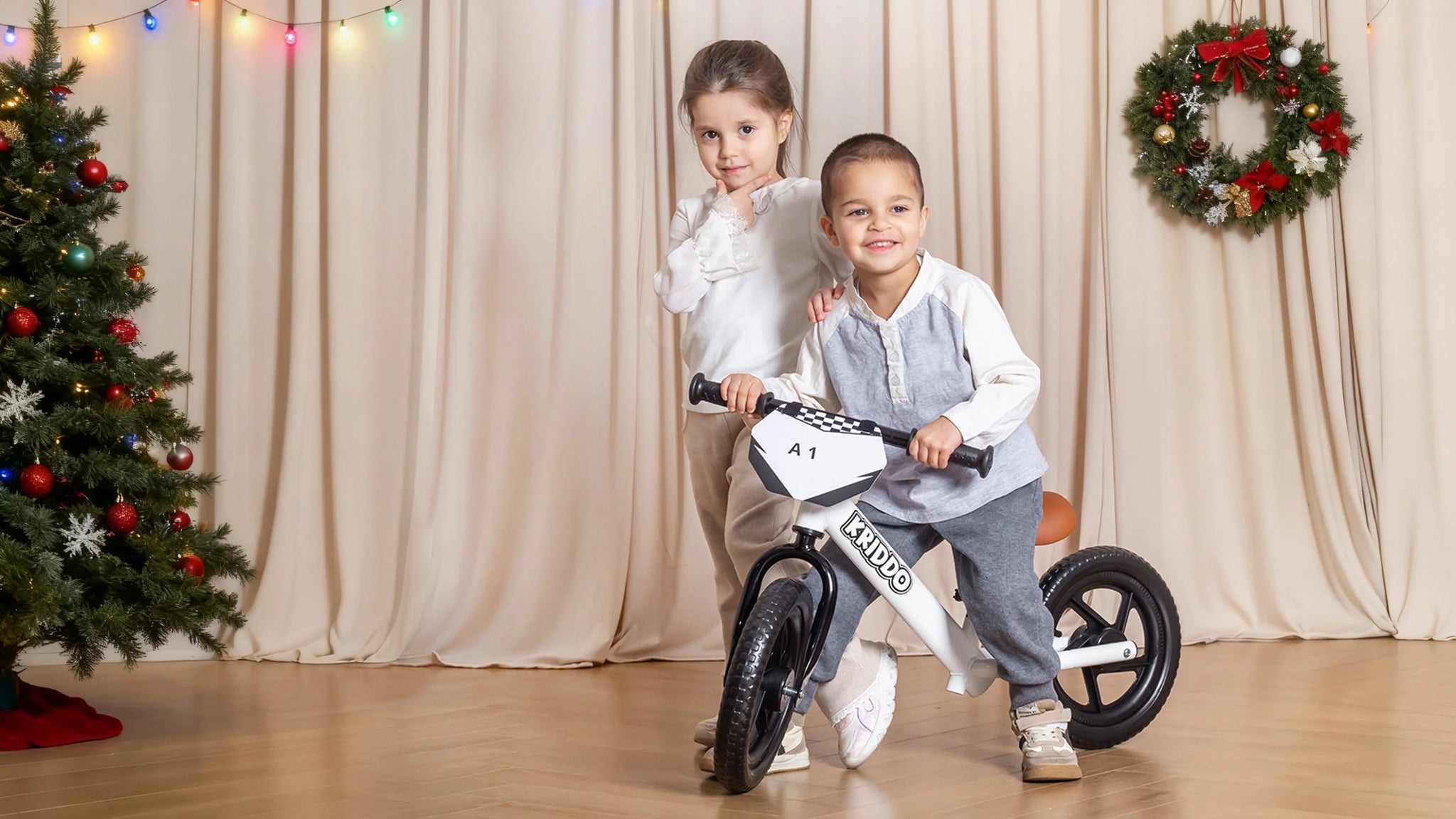Winter Cycling:
How to Keep Kids Safe, Warm, and Confident on the Road
Mia | 18th, Nov
If you’ve ever taken your kid out for a ride in late fall or winter, you already know the truth—winter cycling hits differently. One moment you’re thinking, “We’re dressed fine, it’s not that cold,” and the next you feel the wind sneaking right through your sleeves like an uninvited guest. Kids feel it even faster. And honestly? Winter cycling with children isn’t just about dressing warmer. It’s about understanding weather, safety, comfort, and giving them a great experience instead of a shivery memory.
But here’s the good news: when done right, winter cycling can be absolutely magical. Crisp air, quiet paths, and the kind of peaceful focus that only cool weather brings. Let’s talk about how to make that happen—comfortably, safely, and joyfully.
Cold Weather Really Changes the Ride—More Than Most People Think

You know what’s funny? Standing still in winter might not feel too bad, but start pedaling—even slowly—and suddenly the cold feels sharper. That’s the wind chill effect, and it’s the reason your kid can feel freezing on a bike even when the temperature itself doesn’t look scary on the forecast.
Wind strips away the thin “warm air” barrier around the body. That’s why:
- Above 0°C, every increase of 2 wind levels feels 3–5°C colder
- Below 0°C, that same increase feels 6–8°C colder
So yes, even a mild breeze can feel like a slap of cold if your child is cycling.
And then there’s the oxygen issue people rarely talk about. Because winter air is cold and lower-pressure, it’s slightly thinner. That means less oxygen per breath, and guess what? Kids breathe faster than adults, especially during something like cycling—one of the so-called “golden aerobic exercises.”
So your child may feel tired faster in winter, even on familiar routes.
Add in muscle stiffness—from icy air contracting exposed muscles—and you’ve got an environment that demands proper prep. A good warm-up isn’t optional here; it’s protection.
Weather Awareness: Your Secret Winter Superpower
Let me explain why checking the weather isn’t just a parent thing—it’s a cycling safety rule.
Winter brings fog, especially “dense cluster fog” around dawn or after rain. Fog can drop visibility so low that you barely see four or five bike lengths ahead. If you’re cycling with kids in those conditions, you’ll want to slow down and switch on flashing front and rear lights. It’s not dramatic; it’s smart.
Rain adds another challenge—slick roads. Kids don’t always judge braking distance well, and winter tires don’t grip like summer pavement. So on rainy rides, think:
- Slower speed
- No sudden braking or sharp turns
- Simple, predictable movements
And yes, proper gear. More on that in a moment.
So What Should Children Wear for Winter Cycling?
Kids are funny—they’ll tell you they’re “not cold at all” while their teeth are literally chattering. That’s why layering is king in winter cycling.
Here’s a simple, parent-friendly guide:
When it’s 41–59°F (5–15°C):
- A thin, quick-dry base layer
- A light fleece or thermal riding jersey
- Long pants
When it’s 23–41°F (-5–5°C):
- Quick-dry base layer
- Fleece cycling top
- Windproof jacket
- Warm cycling pants
- Wind-blocking outer pants
Below 23°F (-5°C):
Long rides? Honestly—not recommended for kids. But if you’re heading out for a short one:
- Quick-dry base layer
- Fleece layer
- A solid winter jacket or shell (a warm softshell or even a lightweight snowproof coat works)
Head Protection Matters More Than You Think
Studies show:
- At 15°C (59°F), the head loses 30% of body heat
- At 4°C (39°F), it can be up to 60%
That means a helmet does way more than protect from falls—it actually keeps warmth sealed in. Add a thin thermal cap under the helmet, and your child suddenly becomes way more comfortable.
Food and Energy: Kids Burn More in the Cold
Cold weather forces the body to work harder to stay warm. Combine that with cycling—where legs are burning energy nonstop—and you’ll want to bring snacks. Good ones.
Try:
- Energy gels (kid-safe ones)
- Soft granola
- Fruit snacks
- Compression biscuits
- Warm tea or water in an insulated bottle
A well-timed snack can keep a child happy, warm, and energized.
Choosing a Bike That Fits Your Child (Especially Their First One)
Now that we’ve covered winter safety and gear, let’s talk bikes—because the right bike makes winter riding far less stressful.
For a child’s first real bike, you honestly can’t go wrong with KRIDDO. Their kids’ bikes are surprisingly sturdy, well-designed, and priced in a way that doesn’t leave parents wincing. And since winter is also holiday season, there are even great deals happening. If you’re looking at balance bikes, training-wheel bikes, or first-pedal bikes, take a look at KRIDDO bikes. The KRIDDO GoFar 14 and GoFar 16 are both under $150 and meet U.S. and EU safety standards. During our Black Friday sale, we drop even lower.
Why parents like these bikes (in plain, honest bullet points):
- Removable training wheels help kids gain confidence
- Front hand brake + rear coaster brake = reliable stopping
- Full chain cover keeps little fingers safe
- Front and rear reflectors improve visibility in low-light winter riding
- A customizable nameplate (kids love this more than you expect)
- Thick rubber tires stay grippy even on moisture-dampened roads
And honestly? These really do make great Christmas gifts. But if you're thinking, “My kid’s younger” or “I’m trying to stay under $100,” KRIDDO still has you covered here.
Winter Cycling With Kids Is Worth It—When You’re Prepared
When you break it down, children winter cycling isn’t scary or complicated. It’s just different. Different weather, different clothing decisions, different attention to safety. But the payoff—confidence, strength, shared family moments—feels bigger in cold weather, almost as if the season adds its own sparkle to the experience.
And the truth is, kids remember winter adventures. They remember the crunch of frozen grass, the glow of holiday decorations as they ride past, the warm drinks after a chilly ride. Those memories stick.
So layer up, pick a safe route, choose a bike that supports them, and enjoy the ride—literally.








